Arnold Schönberg - Suite Op 25 Per Pianoforte
Table of Contents
Download
Filename: arnold-schnberg-suite-op-25-per-pianoforte.zip- MP3 size: 21.9 mb
- FLAC size: 158.1 mb
Tracks
| Track | Duration | Preview |
|---|---|---|
| Concerto Op. 42, Per Pianoforte E Orchestra (II Parte) | ||
| Suite Op. 25, Per Pianoforte, Präludium - Gavotte - Musette - Intermezzo - Menuett - Gigue | ||
| Concerto Op. 42, Per Pianoforte E Orchestra (I Parte) |
Video
Schoenberg: Suite for Piano, Op.25 (Boffard)
Schoenberg: Suite for Piano, op. 25
Images
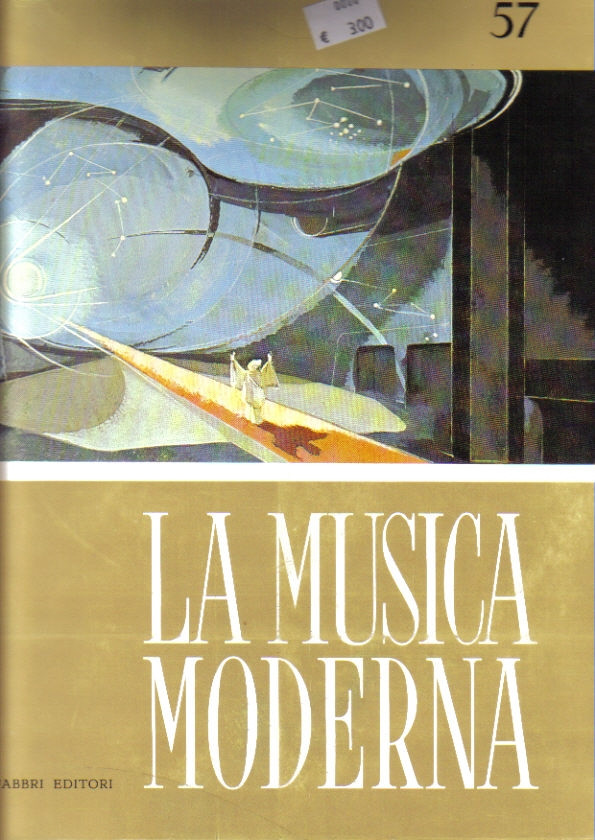
Catalog Numbers
MM-1057Labels
Fratelli Fabbri EditoriListen online
- kuunnella verkossa
- écouter en ligne
- lyssna på nätet
- online anhören
- escuchar en línea
- lytte på nettet
- ouvir online
- ascolta in linea
- online luisteren
Formats
- Vinyl
- LP
- 10"
Notes
- Comes In Oversized Gatefold Cover With 16 Pages Booklet.
- La Musica Moderna Volume 57.
- Track A1 (Registrazione Vox)
- Track A2 and B1 (Turnabout, TVS 34051)
About Arnold Schönberg
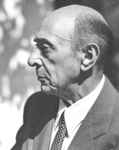
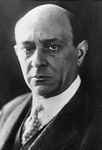
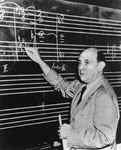
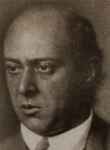
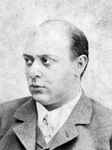
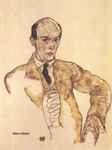
Austrian composer and painter, best known as the (putative) innovator of the twelve-tone technique. Leader of the Second Viennese School.
Starting from the exasperated Wagnerian chromatism of the Tristan with the sextet for strings "Verklärte Nacht" Op. 4 of 1899, the symphonic poem "Pelleas und Melisande" Op.5 of 1903 and the cantata "Die Gurrelieder"( 1900-1911), he reached the total decomposition and liquidation of the Tonality and Harmony with the "Three Pieces for Piano" Op 11 of 1909, "Five Pieces for Orchestra" Op 16 (1909) and the "Pierrot Lunaire" (1912).
With the Five Pieces for Piano Op. 23 and the Serenade Op 24 of 1923 Schoenberg organizes the sounds in a rational way, which he defined:
"Method of Composition by means of twelve tones in relation only to each other " called Dodecaphony or" serial music ".
Born 13 September 1874 in Vienna, Austria as Arnold Schönberg, emigrated to the US in 1933 and changed his name to Arnold Schoenberg. He died 13 July 1951 in Los Angeles, California, USA.
Real Name
- Arnold Schönberg
Name Vars
- A. Schoenberg
- A. Schonberg
- A. Schöenberg
- A. Schönberg
- A. Šenberg / A. Schoenberg
- A.Schoenberg
- A.Schönberg
- Arnold Schoemberg
- Arnold Schoenberg (1874 - 1951)
- Arnold Schonberg
- Arnold Schöenberg
- Arnold Schönberg
- Arnold Schœnberg
- Arnold Šenberg
- Schoenberg
- Schoenberg, Arnold
- Schonberg
- Schönberg
- Schöenberg
- Schönberg
- Schœnberg
- А. Шeнберг
- А. Шенберг
- А. Шёнберг
- А.Шёнберг
- Арнолд Шенберг
- Арнолд Шьонберг
- Арнольд Шенберг
- ¢ëÎëÈû·§üóÙë¯
- ·§üóÙ¯
- ·§üóÙë¯
Comments
2023-04-13
People going to hate on this bc they can't do any better
2023-04-12
you obligatorily must check yourself into a psych ward in preparation for a performance of this piece
2023-04-11
존나좋은데?
2023-04-10
dou 1000 dolares pra quem descobrir qual é o ton central da música
2023-04-10
9:57 미뉴에트
2023-04-10
Bravo Mr Mizrahi !!!
2023-04-10
Great music. Very intentional and precise. Expresses many intricate ideas, as they might occur naturally. The serial logic seems discernable.
2023-04-09
Tight
2023-04-09
What a great performance! Best regards from Italy
2023-04-09
This sounds like me when I was younger and I was allowed to "play" at my grand parents piano lmao
2023-04-09
so much expression and enthusiasm coming from this pianist's body gestures and facial expressions. it's as incredible just to watch him play, as it is to listen to the music
2023-04-08
Bravo! Such a masterpiece, that only the few could understand or appreciate.
2023-04-08
Just like a painting that no one could convey yet the storyline is so dark and deep. Almost like lost in the woods filled with worry and confusion. It can't be all shiny and happy. Fear and sadness is part of reality.
2023-04-07
This work is an experimental work that is very difficult to express.
The musical idea is classic.
The style is modern.
There are contradiction.
The musical idea is classic.
The style is modern.
There are contradiction.
2023-04-06
it is very very scary?
2023-04-05
To na aula de artes kk
2023-04-05
Ciao
2023-04-05
Brilliant!
2023-04-04
Great performance and beautiful music.
I'm wondering if anyone is knowledgeable about Thelonious Monk and is also familiar with the second Vienna school serialists? My music theory leaves much to be desired so the twelve tone row is pretty abstract to me. However Monk is thought of as a stride pianists and I get that, but I also sense a strong connection in practice between him and the serialists. Monk repeats themes which is unavoidable because he's playing standards, to my ear he never repeats the same chord structure. I looked up Shoenberg today and came upon this because I wanted to compare Monk's fingering to a classical pianist playing twelve tone theory. Since his death people have revealed that Monk may have been bipolar and I wondered if his unique fingering was partly because of his mental state. Could there be Asperger's or something else related to being bipolar. And I'm not a mental health expert so I recognize I might be all over the place so I apologise for the crassness. But, in fact I do see some of the same almost odd fingering here and I'm guessing it's different because they're not playing the tonic as I'm used to seeing?
I meant twelve tone theory is abstract, but I love this music and have listened to Berg chamber music and operas, some Shoenberg, Webern, and Stravinsky's Agon and Movements for Piano and Orchestra two perfect twelve tone scores (I'm told). Of course Stravinsky eschewed the twelve tone theory until they were all dead and then wrote the two ballets but nevertheless great ballets.
I'm wondering if anyone is knowledgeable about Thelonious Monk and is also familiar with the second Vienna school serialists? My music theory leaves much to be desired so the twelve tone row is pretty abstract to me. However Monk is thought of as a stride pianists and I get that, but I also sense a strong connection in practice between him and the serialists. Monk repeats themes which is unavoidable because he's playing standards, to my ear he never repeats the same chord structure. I looked up Shoenberg today and came upon this because I wanted to compare Monk's fingering to a classical pianist playing twelve tone theory. Since his death people have revealed that Monk may have been bipolar and I wondered if his unique fingering was partly because of his mental state. Could there be Asperger's or something else related to being bipolar. And I'm not a mental health expert so I recognize I might be all over the place so I apologise for the crassness. But, in fact I do see some of the same almost odd fingering here and I'm guessing it's different because they're not playing the tonic as I'm used to seeing?
I meant twelve tone theory is abstract, but I love this music and have listened to Berg chamber music and operas, some Shoenberg, Webern, and Stravinsky's Agon and Movements for Piano and Orchestra two perfect twelve tone scores (I'm told). Of course Stravinsky eschewed the twelve tone theory until they were all dead and then wrote the two ballets but nevertheless great ballets.
2023-04-03
Excellently performed !
2023-04-02
I’m new to this. I can’t get into it right now, but maybe eventually.
2023-04-02
amazing
2023-04-02
Un vivo ringraziamento dall' Italia, Maestro Mizrahi !
2023-04-01
Underrated
2023-03-31
If I put my two cats on the piano, their composition would be better than this. I'm sorry, but this is utter garbage.
2023-03-31
The wonderful thing about playing Schoenberg is that if you make a mistake and play the wrong note no one can tell the difference anyway.
2023-03-31
Good lord. This is so well organized in terms of traditional structures, thought I was listening to Prokofiev. Yikes!
